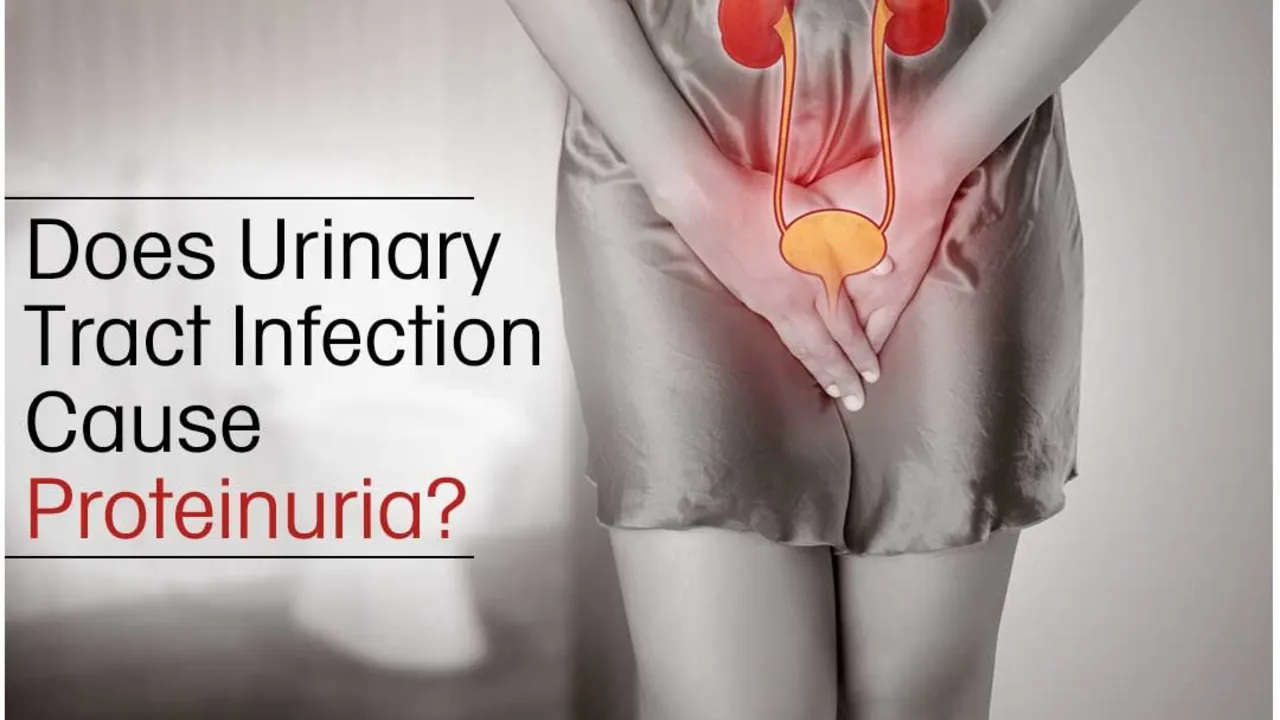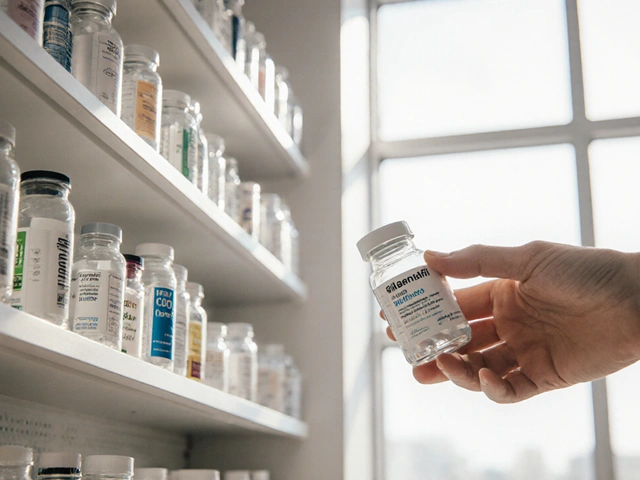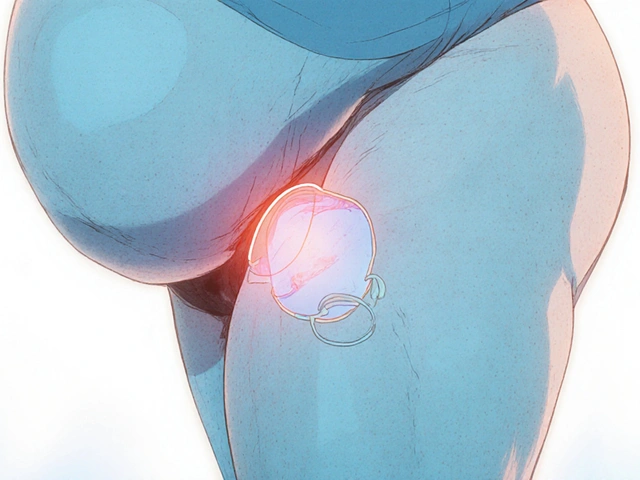Urinary Retention: what it looks like and what to do
Can’t pee or only dribble a little and it hurts? That’s acute urinary retention — a medical problem that needs fast action. Chronic retention is different: you may pass urine but never fully empty your bladder and feel constant pressure. Both matter because trapped urine can cause infections, kidney strain, and ongoing discomfort.
What causes urinary retention?
There are a few clear reasons the bladder won’t empty:
- Obstruction: enlarged prostate (BPH) in men, urethral strictures, bladder stones, or tumors that block flow.
- Medications: antihistamines, some antidepressants (tricyclics), decongestants, anticholinergics and strong pain meds can interfere with bladder muscle or nerve signals.
- Nerve problems: diabetes, spinal injuries, Parkinson’s, stroke or multiple sclerosis can stop the nerves from telling the bladder to squeeze.
- Post-surgery or anesthesia: temporary retention is common after some operations or heavy pain meds.
Signs to watch for: sudden inability to urinate with severe lower abdominal pain (emergency), weak stream, frequent urination with only small amounts, daytime or nighttime urgency, and a feeling of incomplete emptying. A post-void residual (PVR) over about 200 mL usually means the bladder is not emptying well.
What to do now — quick steps and treatments
If you can’t urinate and are in pain, go to the emergency room. They’ll usually relieve you with a catheter right away and do tests (urinalysis, blood tests, bladder scan). Early catheterization prevents bladder damage and infection.
For chronic or partial retention, options depend on cause:
- Medications: alpha-blockers (like tamsulosin) relax the prostate/neck of bladder in men with BPH. If meds caused it, stopping or changing them under a doctor’s guidance often helps.
- Intermittent self-catheterization: taught by nurses, this is a safe way to empty the bladder at home when needed.
- Surgery: for obstructions such as large prostate or strictures, procedures (TURP, urethral dilation, or other surgeries) can restore flow.
- Pelvic floor and bladder retraining: physical therapy and timed voiding help if muscle coordination or habit plays a role.
Prevention and practical tips: review medicines with your clinician, manage chronic conditions like diabetes, avoid high doses of decongestants/anticholinergics, and seek help after surgeries if you notice weak stream or incomplete emptying. If you get recurrent urinary tract infections alongside retention, tell your doctor — infections make retention worse.
Bottom line: acute retention is an emergency—get immediate care. For ongoing problems, simple tests (bladder scan, urine test, ultrasound or urology referral) guide safe, practical treatments so you don’t keep living with that heavy, uncomfortable feeling.

The link between urinary retention and muscle spasms in the bladder and urinary tract
Hey there, it's your friend exploring the medical field again. Today, we're going to delve into the connection between urinary retention and muscle spasms in the bladder and urinary tract. It's a complex topic, but don't worry, we'll go through it step by step, discovering how these two seemingly distinct conditions might be more related than we think. Stay tuned, and let's learn something new together. Don't forget, understanding your body is the first step towards protecting it.
Detail




